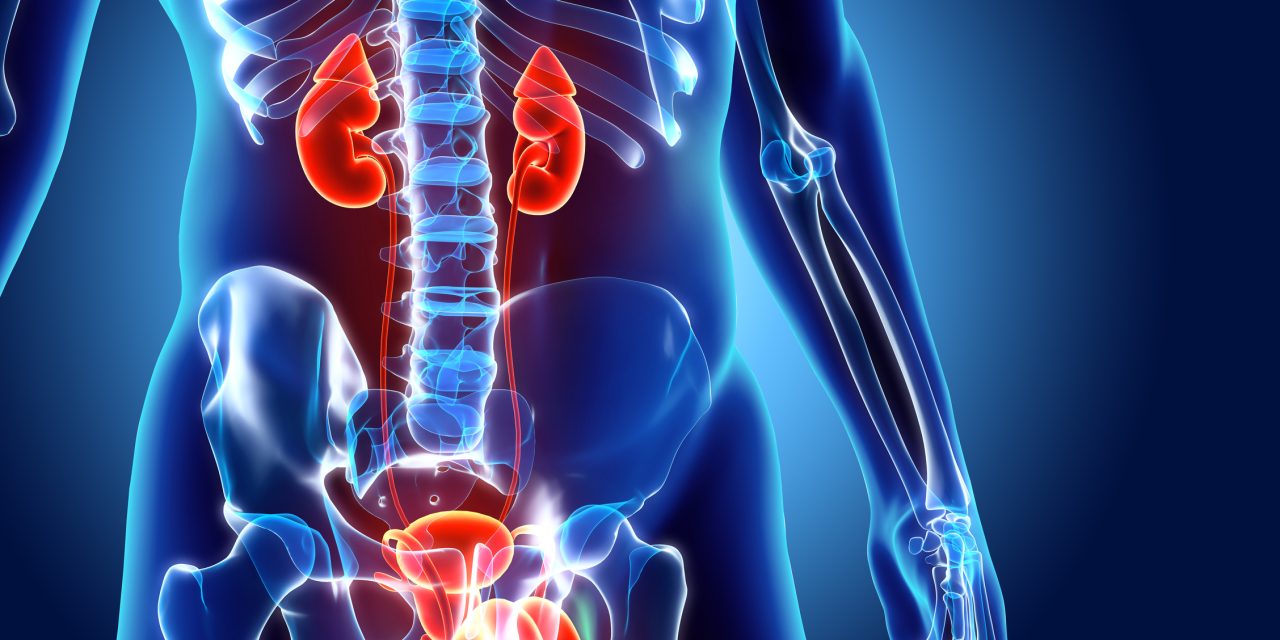Blume (Amaranthaceae) (ABR) and semen vaccariae (SV) are used commonly in the clinical treatment of erectile dysfunction in males with diabetes mellitus (DMED) to strengthen the kidney and promote blood circulation, and often achieve good curative effects.
Explore mechanistic details of ABR + SV treatment against DMED.
Prediction of key targets by network pharmacology. A rat model of DM was established by streptozotocin injection (55 mg/kg). Apomorphine (100 μg/kg) was injected into rats to screen the DMED model. Group C ( = 6) and group M ( = 6) were gavaged with deionized water; group T ( = 6) was given radix- granule suspension (2.5 g/kg). It lasted 8 weeks. Real-time reverse transcription-quantitative polymerase chain reaction (RT-qPCR) and western blotting (WB) were used to measure the expression of tissue-related proteins and mRNA.
The predicted key targets are albumin (ALB), caspase-3 (CASP3), vascular endothelial growth factor A (VEGFA), angiotensin-converting enzyme (ACE), and endothelial nitric oxide synthase (eNOS). Compared with the M group (0.52 ± 0.04; 0.50 ± 0.03; 0.49 ± 0.02; 0.23 ± 0.03), CASP3, VEGFA, and ACE protein expression reduced in the T group (0.39 ± 0.06; 0.34 ± 0.03; 0.39 ± 0.03), and eNOS protein expression increased (0.34 ± 0.03).
ABR + SV can improve erectile function in DMED rats. This study provides a potential mechanism for the treatment of DMED with ABR + SV and can benefit from more patients.
Potential mechanism of plus semen vaccariae granules in the treatment of diabetes mellitus-induced erectile dysfunction in rats utilizing combined experimental model and network pharmacology.


